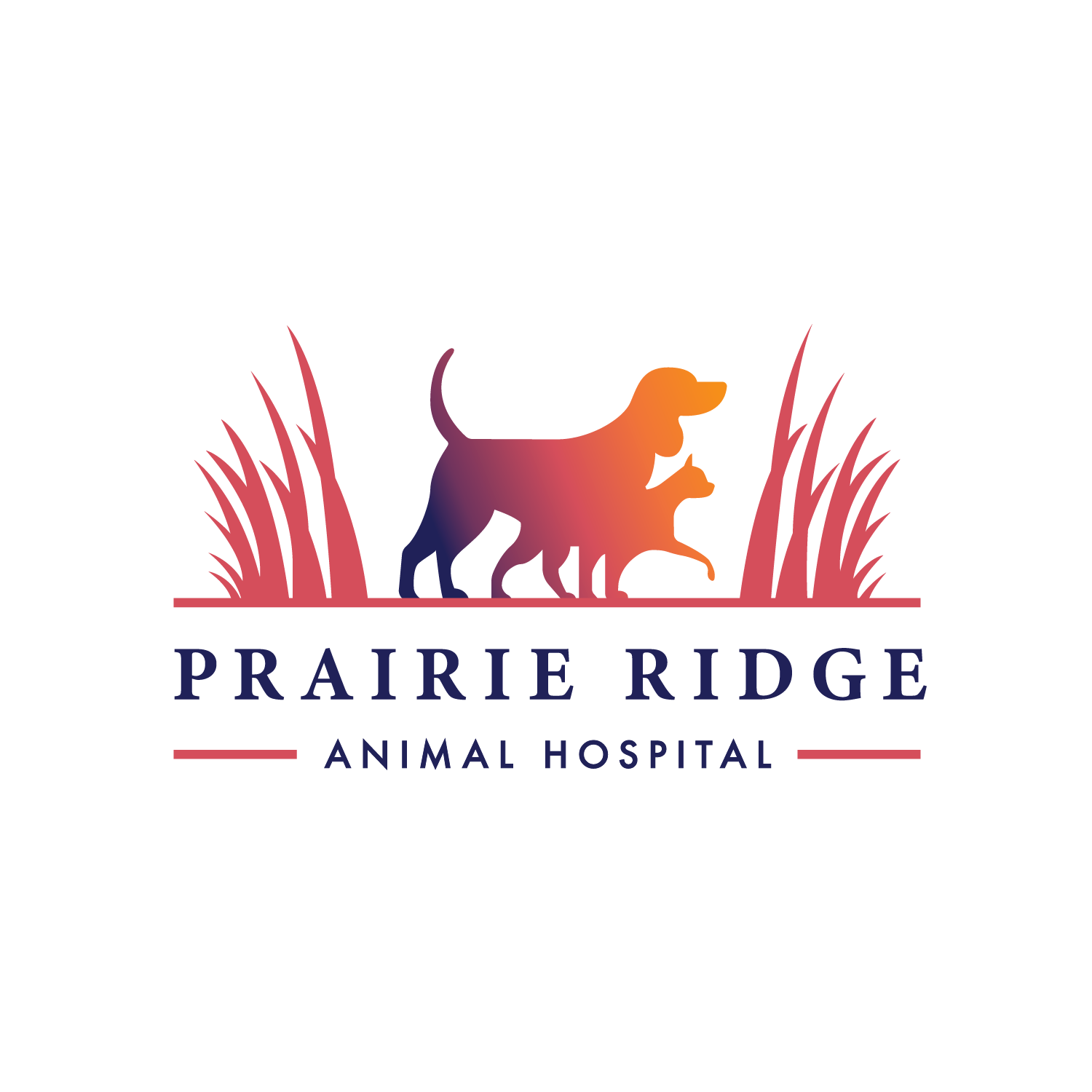Veterinarians in or near Wichita
Find Vets in your area
- Alabama
- Alaska
- Arizona
- Arkansas
- California
- Colorado
- Connecticut
- Delaware
- District Of Columbia
- Florida
- Georgia
- Hawaii
- Idaho
- Illinois
- Indiana
- Iowa
- Kansas
- Kentucky
- Louisiana
- Maine
- Maryland
- Massachusetts
- Michigan
- Minnesota
- Mississippi
- Missouri
- Montana
- Nebraska
- Nevada
- New Hampshire
- New Jersey
- New Mexico
- New York
- North Carolina
- North Dakota
- Ohio
- Oklahoma
- Oregon
- Pennsylvania
- Rhode Island
- South Carolina
- South Dakota
- Tennessee
- Texas
- Utah
- Vermont
- Virginia
- Washington
- West Virginia
- Wisconsin
- Wyoming
Need a vet? Call one today.
Your pets deserve the best healthcare. A sick or injured pet is scary, but finding a local veterinarian shouldn't be.
Explore our articles and resources for pet parents
THE TURKISH VAN CAT
turkish van cat
The Turkish Van is a beautiful, friendly cat that thrives with other pets and family members. While they make amazing companions, Vans often prefer to snuggle next to their owners on the couch or share their bed rather than snooze on a lap. Prepare for endless antics and tons of fun.
Brief History
The Turkish Van has been around for centuries — legend has it that they swam to shore from Noah’s Ark — and can trace their origin back to cold and mountainous region of Lake Van in Turkey. The rugged environmental conditions played a key role in the breed’s evolution.
Vans are known for their distinctive forehead spots and coloring at the base of their tails.
Their distinctive coloring and bubbly personality inspired Turkey’s invaders to take the cat along with them to their home countries as souvenirs. However, it wasn’t until 1970 that the first Turkish Van cats were brought to the United States of America and the Cat Fanciers Association registered them as an official breed in 1985. Today, the Turkish Van is considered a national Turkish treasure. It’s breeding and preservation is supervised by the Ankara Zoo and the Turkish College of Agriculture.
Physical Features
The Turkish Van is distinctive thanks to their famous, beautiful coat. Their fur is mostly white, extending from the nose to hindquarters just before the base of the tail. From here, their coloring turns into circles that are dark orange, red or auburn. Their ears and sides of the head are also colored in these shades with an orange, brown or auburn spot placed right between the shoulder blades. It emerges distinctly and is often referred to as “God’s thumbprint.”
Their coats have long, soft hairs that are often compared to cashmere. These cats love to swim and their coats are fully water resistant. The Turkish Van has golden, blue, grey, silver or brown eyes with a pink nose and muscular body. Their paws can either be pink or brown. These unique attributes make the Turkish Van a prime show cat.
Average Height:
7 to 13 inches
Average Weight:
8 to 19 pounds
Life Expectancy:
12 to 17 years
Temperament
The Turkish Van is a very independent adaptive and intelligent cat. They’re extremely social and do well with other pets and family members. However, while they thrive with company, Vans do not like being held or restricted in any way. They’re also known for being very inquisitive — be prepared to be followed from room to room! Vans are also very vocal cats and will often engage their owners in conversation just to feel a part of the goings on. Also be prepared for LOTS of climbing. Vans love scouting the highest point in any room and setting up there for a while. You’ll also never have to wonder how your Van’s feeling — their noses will tell you! When your Van’s happy, their nose will turn pink. When it turns red, they’re feeling stressed or upset. When it turns crimson, be prepared, they’re angry and will attack.
turkish van cat
Special Needs
The Turkish Van is not very good at traveling as they are prone to peeing, pooping or vomiting due to car sickness. The Turkish Van loves playing with water. This can lead to them going to places where they shouldn’t. Make sure you’re supervising anytime open water is available.
The Turkish Van also does not like being held and particularly dislikes being restrained.
Possible Health Concerns
The Turkish Van is quite a healthy cat — there aren’t many health issues that affect this breed. Despite this, the Turkish Van can suffer from a condition that is known as hypertrophic cardiomyopathy. This is an inherited genetic condition that require medical attention.
Exercise
Exercise comes naturally to Turkish Vans because they are always on the move. Vans love playing games, solving puzzles and performing tricks. They are also an avid climbers. This cat should be allowed to perform these activities as they play a big role in her daily exercise routine.
Nutrition
This cat is up early in the morning and retires late in the evening. This means that they’re quite active for most of the day. To fulfill their energy requirements, the Turkish Van requires a diet that is rich in carbohydrates. They deliver the energy which they need on a daily basis. Cool, clean water should always be provided to this cat, but beware, they may also use it as an opportunity for water play!
Grooming
turkish van cat
The Turkish Van has a beautiful, soft coat with long hairs. As a result, they require ample grooming to stay neat and clean. Since they do not have an undercoat, hair matting isn’t usually an issue. The Turkish Van does not shed much except in Spring and Fall seasons when the old coat is falling out and a new one growing in. Their coat is water-resistant and therefore eliminates the necessity of baths.
Her teeth should be brushed two-to-three times a week to prevent the emergence of periodontal disease. Claws should also be trimmed every few weeks. The corners of your Van’s eyes may emit a discharge and should be wiped away as soon as it emerges. As you do so, ensure that you utilize a different corner of the clean cloth for each eye. This prevents the spread of disease or infection from one eye to the other. Ears should also be cleaned weekly.
The Turkish Van is both beautiful and fascinating breed. They’re independent and affectionate at the same time. This is a companion that will play with you all day and sneak into your bed at night.
What Are Whippets?
A Whippet is a dog breed that is part of the sighthound family, although they often are mistaken for greyhounds. They are slender and have a light gait. These dogs are playful and friendly, and they have grown in popularity over the last several years. Whippets can range from about 25 to 40 pounds and have a wide variety of colors and patterns. Unlike dogs such as German Shepherds, their markings are not significant to the breed, so their looks will vary. Generally they will be friendly to visitors, but are not very fond of cats that come onto their territory unless the cat is already a member of the family.
Ultimate Guide to Golden Retrievers
Golden retrievers are the perfect, joyful, and lovable companions. They fall into a category of dogs that make us ask, “What did we ever do to deserve dogs?”
TAKING CARE OF YOUR DOG – COMMON SENSE TIPS
It’s an exciting time welcoming a new puppy into your household. They provide so much fun and love, and are like a new child in your family. This time can also be daunting to the new puppy owner, especially if they have never owned a dog before. In this article, we will give you a whirlwind tour through everything you need to know to take care of a new puppy.
THE YORKIPOO
The Yorkipoo is a fun-loving, energetic and loving small breed. They are are versatile dogs that can live in a large house or an apartment with equal satisfaction. They’re extremely easy-going and love lounge time just as much as a walk in the park. The Yorkipoo may be petite, but make no mistake, their little bodies pack a ton of energy and agility.
Brief History
The Yorkipoo is a cross between a Yorkshire Terrier and a Toy Poodle and were first bred in the United States. Yorkipoos were bred to be hypoallergenic and make great companion dogs to people of all ages. Due to their mixed breeding, the Yorkipoo is not recognized by the American Kennel Club but is recognized by the American Hybrid Canine Club and the Designer Dog Kennel Club.
Physical Features
The Yorkipoo combines all the favorable physical characteristics of the Yorkshire Terrier and the Toy Poodle. They are small in stature and have a long, smooth and silky coat — either curly or straight. The Yorkipoo has black or brown eyes with an intelligent glint and their noses are typically brown or black.
The Yorkipoo’s coat can be of a wide range of colors such as apricot, brown, white, gray, or a combination of a few. The Yorkipoo’s ears can be straight and upright or floppy. Overall, they’re handsome dogs with a ton of personality.
Average Height:
7 – 12 inches
Average Weight:
3 to 14 lb
Life Expectancy:
10 to 15 years
Temperament
Yorkipoos are full of vitality and are always up to something interesting. Be prepared for their antics to make you laugh a lot! Yorkipoo are confident and comfortable while engaged in active play, but are also quite ready to relax on your lap. This little dog is quite intelligent and can make an ideal playmate for children. Their love and affection also come in handy for more senior owners.
The Yorkipoo is gentle and behaves well with strangers. Thanks to their cool disposition, the Yorkipoo can be socialized easily. Like many small dogs, the Yorkipoo has no idea of its small size and will play with much larger dogs. To avoid any accidents, Yorkipoos should be introduced to larger dogs under strict supervision until they can make friends.
Yorkipoos are extremely smart and always eager to please. This makes them easy to train. While teaching this dog, you should use positive reinforcement. They typically don’t respond well to harsh commands or threats. Instead, enthusiastic praise and treats after good performance will help the Yorkipoo learn quicker.This dog’s innate qualities give it great potential for obedience or therapy training.
Special Needs
Yorkipoos have a strong constituion and can stay healthy over a long period of time with proper care.
Possible Health Concerns
However, they are prone to conditions such as dry eye, retinal detachment, hypoglycemia and endocardiosis. Early diagnosis and treatment can ward off many of these diseases and help the Yorkipoo make a full recovery each time.
Exercise
The Yorkipoo requires regular training to keep their high energy levels in check. A brisk, short walk once a day is enough to keep them healthy and strong. The Yorkiepoo also loves running around with a ball or toy.
Nutrition
The Yorkipoo is known for being a picky eater. To solve this problem, you can experiment mixing wet and dry food together to see what works best.
Grooming
Yorkipoos have long, beautiful, hypoallergenic coats that require regular care. Owners must make sure to brush this pup regularly throughout the week to prevent matting and bathe them once a month. Consult your veterinarian for shampoo recommendations.
A Yorkipoo is a little dog with big energy and a big heart,. They make excellent companion dogs and love to bond with their humans.
11 Photos of Maine Coon Cats That Prove They’re the Fierce Rulers of the Cat World
Maine Coons are known as “gentle giants” or the “dogs of the cat world” because of their playful personalities and large size. They’re a favorite of the Veterinarians.com team and also our community. With their big statures and regal manner, it makes sense how well liked they are!
5 Reasons Your Pet Needs Insurance
You insure your home, your house, yourself and your family. But did you know that there’s another family member you need to look out for? Just like you find yourself suddenly sick and in need of a doctor, your pets will too. Don’t let the health of your furry friend to come down to what you can afford.
THE WHIPPET
The Whippet originated from the U.K and is part of the UKC, Sighthound Group and the AKC Hound Group. This breed first came about more than 100 years ago and was bred in the late 19th century. Initially used for racing, these dogs are great in track running over short distances and can reach high speeds in seconds. They were named the “poor man’s racehorse,” because they were used for gambling in the U.K. by the working class.
Brief History
This lightning-fast sprinter dog breed is a smaller version of the Greyhound. During Victorian times, miners enjoyed dog racing and rabbit hunting, but found Greyhounds to be expensive in their upkeep. To solve this, they bred a smaller version, resulting in the Whippet.
This is the fastest breed of its size and can run up to 35 miles per hour. It is believed that this breed descended from a cross of various terriers, Greyhounds, Italian Greyhounds and possibly Pharaoh Hounds. The name is thought to have been derived from “Whappet,” an old word that means small dog that makes a lot of noise. This breed was recognized by the AKC in 1888 and by the English Kennel Club in 1891. They enjoys hunting, racing, agility, sighting, and lure coursing.
Physical Features
The Whippet is a medium-sized dog that is elegant and muscular. Their length is typically equal to, or slightly longer than, their height. With a long, narrow head and a powerful, long muzzle, the Whippet has a black nose and small ears. This breed also has a long neck, with a long tapered tail. Their coats are smooth, short, and in a wide range of colors. This breed has a keen and alert expression with a smooth, muscular and strength. Their hindquarters are long and powerful.
Average Height:
18-22 inches
Average Weight:
20-28 pounds
Life Expectancy:
12-15 years
Temperament
This is a friendly and amiable dog breed that enjoys people and other animals. This breed does well with children. Although the Whippet has a pronounced prey instinct, when positively trained, they can be one of the easiest breeds to live with. This pup is capable of great speeds when running and is totally focused when doing so. They do best with lots of exercise with a fenced and secure garden or backyard. This is a very sensitive dog breed that needs tons of positive reinforcement and does well with lots of attention and affection.
Special Needs
This athletic dog breed does well with plenty of off-leash exercise. Early socialization with other dogs, people and animals is recommended. Puppy training classes help overcome any shyness issues. That said, the Whippet is sensitive, active and playful. This breed does well with an active family and enjoys most canine sporting activities. In fact, this bred excels at many of them. They also enjoy lounging on beds and couches.
Positive dog training for this breed needs to be consistent, yet one needs to take sensitivity and intelligence into consideration, and not break their playful spirit with unnecessary reprimands.
Attentive and experienced pet parents are recommended. These dogs do well with either country or city living, as long as they gets the right amount of exercise. This breed’s skin is very thin, and needs to be protected from cold or from vegetation that may cause skin lacerations. Weight needs to be maintained in this breed. They need to live indoors with their thin body frame. Be sure to have a plush dog bed nearby.
Possible Health Concerns
This is a healthy and active dog breed that may be susceptible to the following:
Cardiac Diseases: Mitral Valve Disease (MVD) is common in Whippets. Soft systolic hear murmurs are common in dogs that perform in athletic training. Consult with your veterinarian for advice.
Cancer: Older dogs may be predisposed to osteosarcoma, lymphosarcoma, mastocytoma, melanoma, histiosarcoma, and hemangiosarcoma. Canine cancer is on the rise. Consult with your veterinarian regarding any changes in your elderly dog. Feed a healthy natural high-quality diet.
Hypothyroidism is a deficiency of the thyroid hormone, and can cause weight gain in this breed, as well as constipation, and cold sensitivity.
Exercise
This dog breed needs regular exercise and plenty of off-leash runs.
Don’t allow for young Whippets to play with larger dogs. All pups enjoy playing so much that they forget how big other dogs really are. Make sure to protect your puppy from injury when they’re playing with other dogs. This breed also needs protecting from skin lacerations if outside, or with other dogs.
Whippets are usually calm at home, but have explosive energy when at the dog park. This breed needs to have long supervised runs. Be forewarned: puppies can climb and jump over garden fences easily. Lure coursing and agility are favorite canine sports for this breed. They are athletic, fast and have tremendous energy. That said, a well-trained and well-exercised Whippet makes for a well-balanced dog that is a pleasure to have at home. They don’t do well in the cold and must be protected from low temperatures in winter months.
Nutrition
This breed does well on a high-quality dog food. If you’re opting for home-prepared dog food, consult with your veterinarian first. The Whippet has a tendency to metabolize food quickly and lose weight, so make sure you’re attentive to their appetite. At the same time, make sure to watch their weight.
Look for high-quality ingredients such as whole meats, fruits, vegetables, and grains, and take heed of different macronutrients like proteins, fats, and carbs.
Grooming
The Whippet has almost no odor and is a clean breed. This dog breed needs minimal grooming maintenance, and is easy to groom. Weekly bathing, together with everyday grooming help keep skin free of dirt and healthy. Nails need to be trimmed as needed. This breed needs to be brushed every day, and also needs to have daily dental brushing, and ear cleanings.
The Whippet is a popular breed because of its size and friendly personality. That said, be sure to have your home well prepared. Secure fencing is a must! With their alert and intelligent personalities, Whippets escape easily, so new pet parents must be sure that all back gates are locked and the backyard is super safe.
This breed is sensitive, caring and needs lots of TLC. They are also easy to travel with and to take along on trips. They may be shy with strangers, but are gentle all round. Once Whippets have decided to chase something, there’s no stopping them. Off-leash runs need to take place somewhere safe like the dog park.















